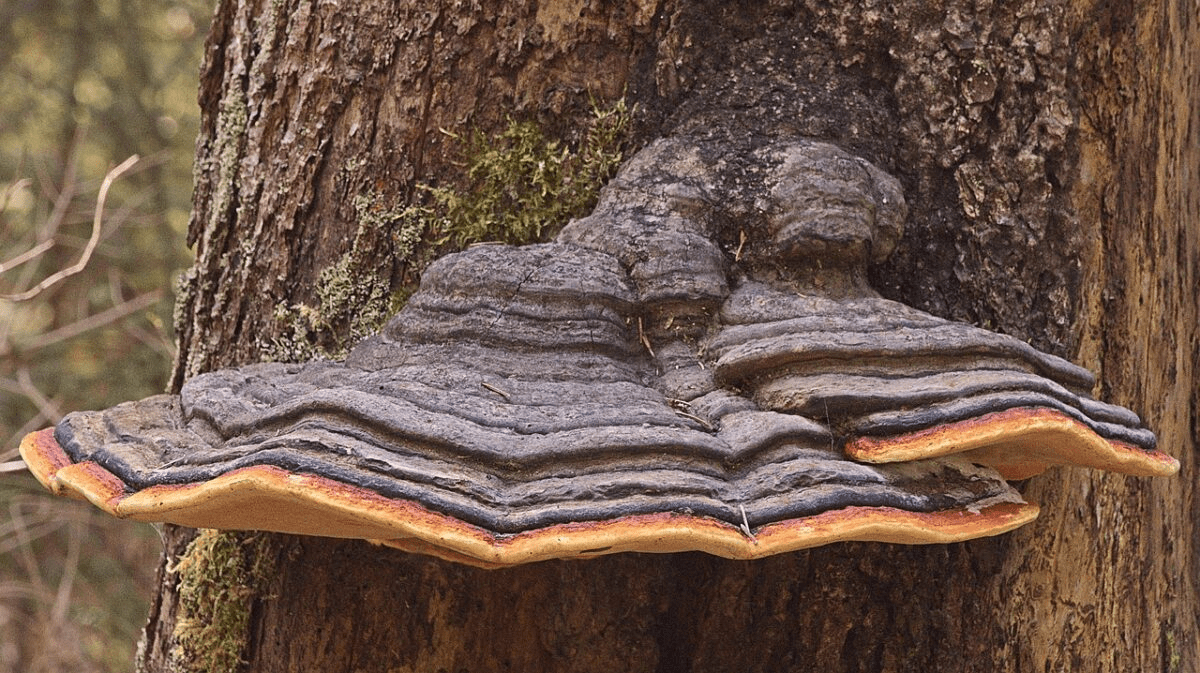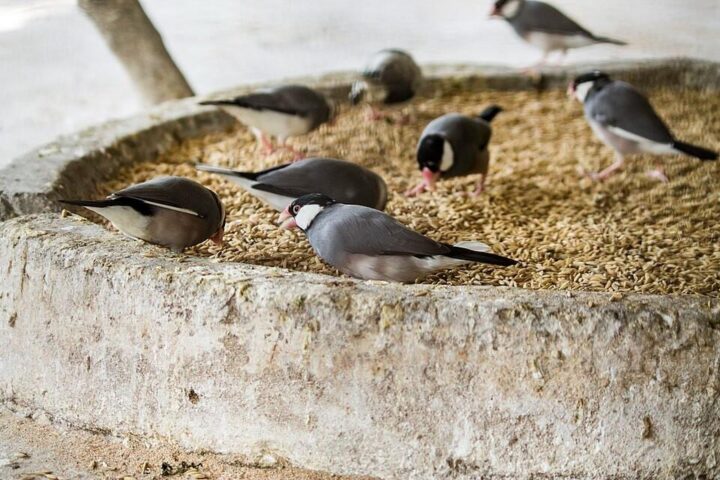Researchers in Finland have made an exciting discovery in the search for viable alternatives to plastic—a mushroom that grows abundantly on the sides of trees. This particular mushroom, known as Fomes fomentarius or tinder fungus, has traditionally been used as a fire starter due to its prevalence on rotting tree bark. However, scientists from the VTT Technical Research Centre of Finland believe that it holds far greater potential.
According to their study published in Science Advances, the fruiting bodies of F. fomentarius exhibit ingeniously lightweight biological designs. While simple in composition, these structures demonstrate remarkable efficiency. The research team suggests that growing this mushroom using basic ingredients could offer an alternative solution to the cost, time, mass production, and sustainability issues associated with conventional material manufacturing and consumption practices.
Rather than continuing to mass-produce plastic, which exacts a heavy toll on the planet, the researchers propose cultivating mushrooms with similar structural integrity to plastic on a large scale. Plastic’s reign could be replaced by an era of mushrooms, as indicated by this recent study. Scientists speculate that a hyper-intelligent mushroom species could eventually serve as a substitute for plastic.
The VTT researchers discovered that F. fomentarius, a mushroom that commonly grows on decaying tree barks and is typically used as a fire starter, possesses exceptional characteristics for various applications. The study highlights the ingeniously lightweight design of the mushroom’s fruiting bodies, which are both simple in composition and efficient in performance.
Similar Post
Dr. Pezhman Mohammadi, a co-author of the study, elaborates on the mushrooms physical structure. The mushroom’s outer layer is stiff and hard, while the mid-layer is spongy. The innermost layer is again strong and tough. This combination of properties makes it highly versatile. Mohammadi suggests potential uses for F. fomentarius include shock-absorption materials, sound insulation, and even consumer product parts. In its natural habitat, the mushroom can continue growing for 10 years to reach its full size. However, in a controlled laboratory setting, large quantities of F. fomentarius could be produced within a matter of weeks thanks to advances in industrial biotechnology.
With its structural strength comparable to plywood and leather, this mushroom shows promise as a replacement for various types of plastics. Its hoof-like appearance has led to it being commonly known as “hoof fungus.” The mushroom’s potential to replace plastics in industries such as headset manufacturing highlights its versatility and potential impact.

















![A male [[Great white shark]] off [[Isla Guadalupe]], [[Mexico]]. Along with many [[Mackerel scad|Mackarel scads]] seen in the background. Photo Source- Terry Goss (CC BY-SA 3.0)](https://www.karmactive.com/wp-content/uploads/2025/06/White_shark-720x480.jpg)
